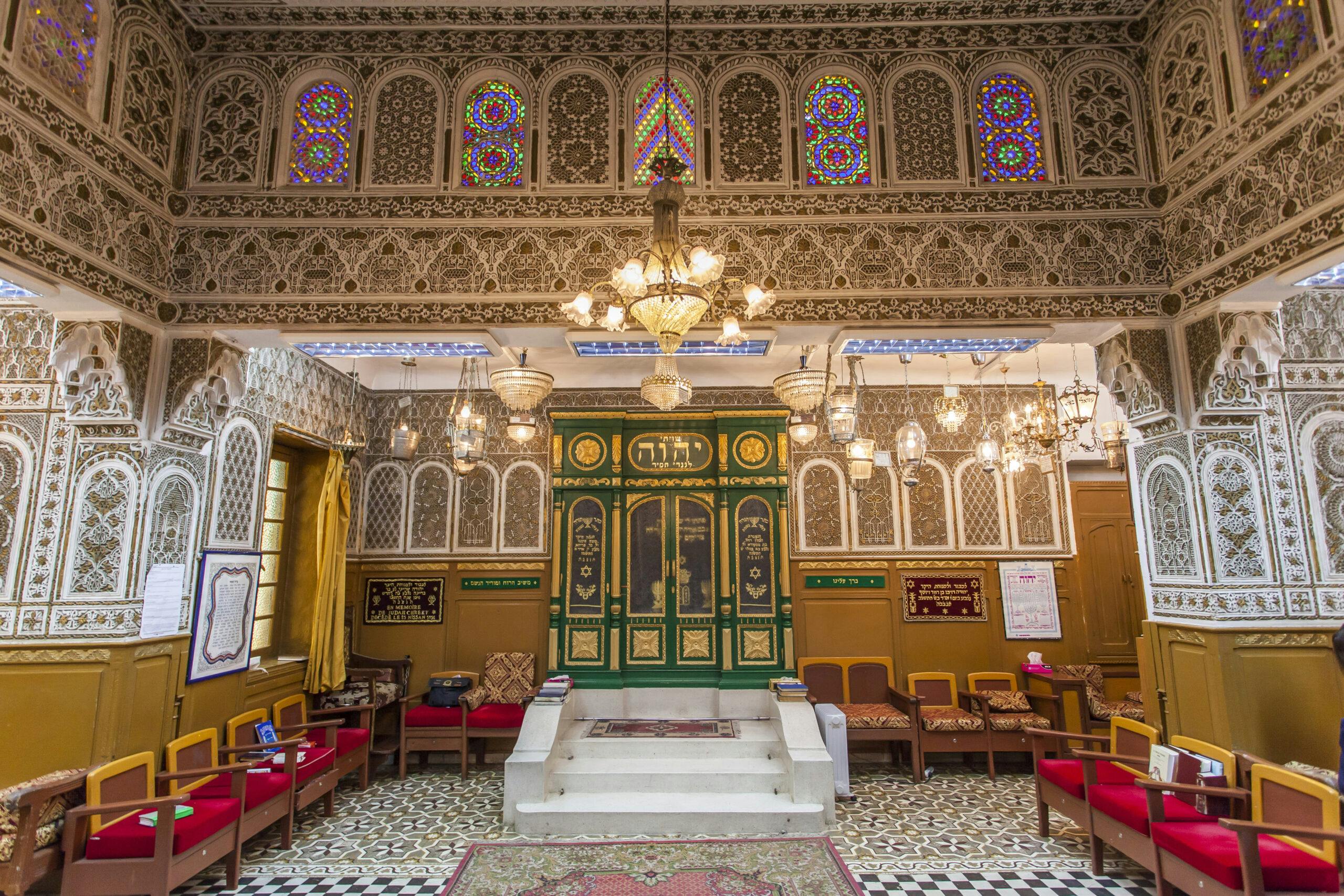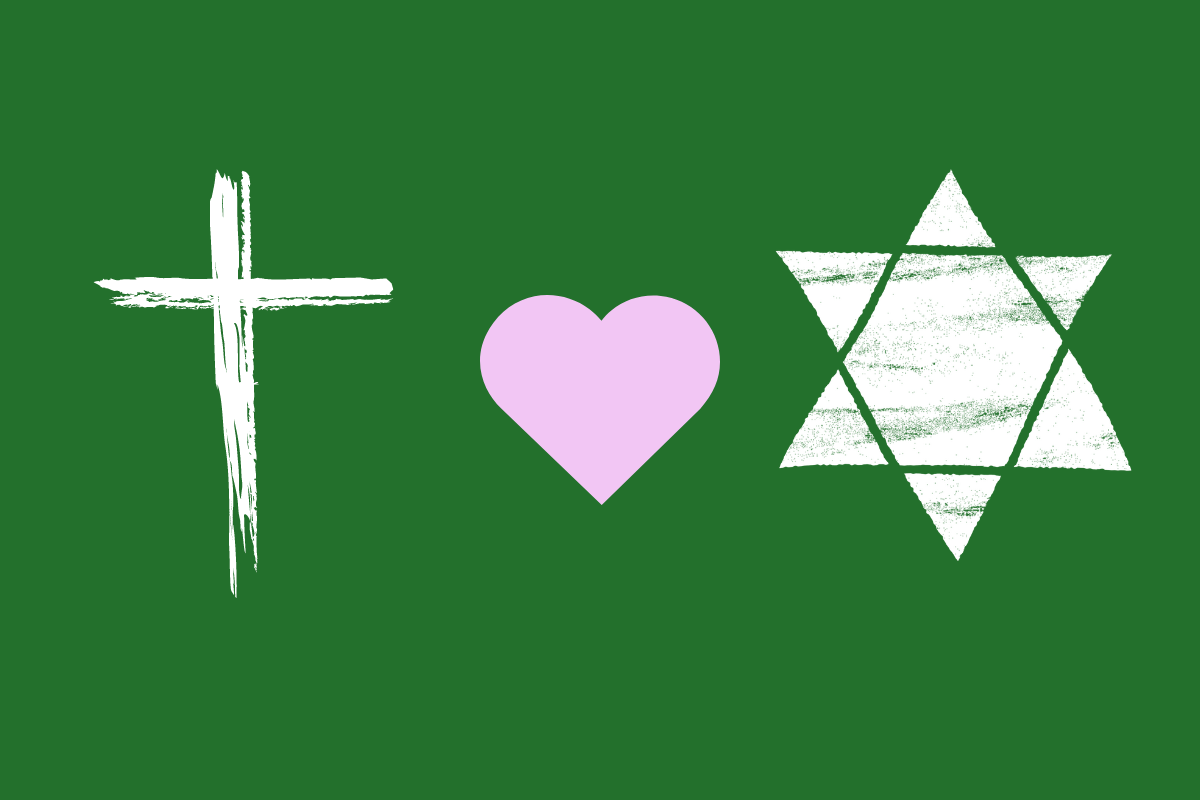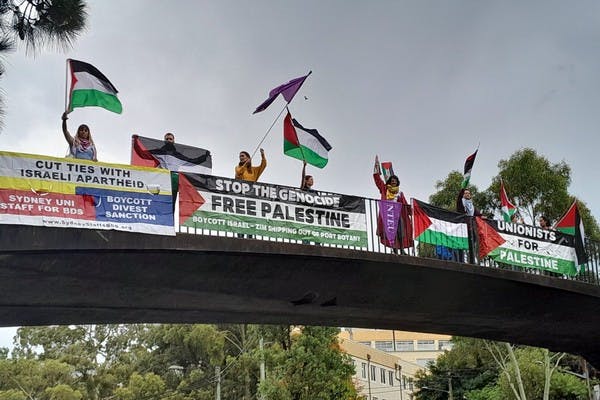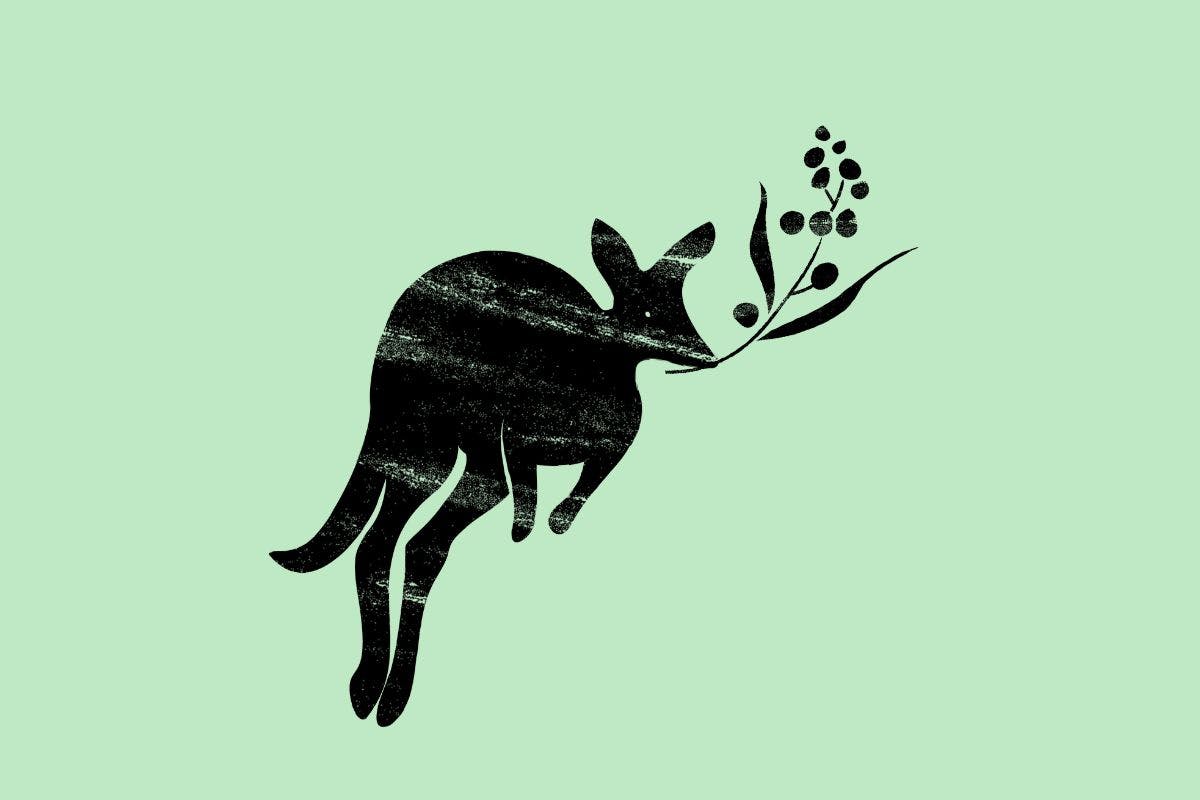Published: 23 January 2024
Last updated: 8 April 2024
In November, as students dealt with the cancellation of trips to Israel and Europe in the wake of the October 7 attacks, Melbourne’s Bialik College Year 10 had a different disappointment. A cohort of around 80 students was scheduled to travel to Morocco before going to Israel.
“We’re the first school in the world to send a whole year to Morocco; we’re pretty proud of that,” said Brad Rychter, the school’s head of Informal Jewish Education.
While the trip - like so many others - had to be called off last summer, Bialik's plans for Morocco are a striking example of a move to broaden Australian Jewish students' sense of history beyond Europe and the Holocaust. The trip will not go ahead this year but Bialik still plans to revive the idea in years to come.
Why Morocco? “We are always looking to expand our students’ horizons and to push our educational offering. We were looking for a country with a rich Jewish history, with a uniquely different community to our own, and for a country which would allow our students to grow beyond their comfort zones,” Rychter said.
The students were scheduled to spend almost two weeks in Morocco, then almost four weeks in Israel. “We see the trip as a holistic journey into their Jewish identity. Although Israel is the proverbial jewel in the crown of Chavayah [“Experience”, the name given to Bialkik's Year 10 trip], we see Morocco as an integral part of the journey on both an educational and social level,” he said.
“As a pluralistic school we also attempt, as much as possible, to engage with all forms of Jewish life and practice. As Australian Jews, our interactions with the Jewish world are often through an Ashkenazi lens; we feel Morocco provides a wonderful opportunity to learn about the Sephardic Jewish narrative and community.”
Bialik’s Assistant Principal Amanda Castelan-Starr added, “It’s another Diaspora community. Some of it is about the history and context of Moroccan Jewry – and the amazing benefits in establishing peace. Some of it will be preparation for Israel, in terms of context that will enrich and complement our program.”
"Our students will have other opportunities through youth movements and gap years. Morocco is a place they may never get a chance to go to again."
Brad Rychter
Parents embraced the idea. “We anticipated some of our parents being concerned about security and other issues with travelling to an Islamic country. However, we were pleasantly surprised to receive zero complaints or concerns,” said Castelan-Starr.
Bialik has previously taken students to China for 10 days, split between Beijing and Shanghai - which had a large Jewish community who had fled Europe - before going to Israel for four weeks.
But the school realised that an ongoing trip to China was no longer viable. “The political climate with China changed, then came the pandemic, so we couldn’t go. We decided to pivot to Morocco,” Rychter says.
“We did discuss a Shoah tour somewhere but we quickly decided that we wanted this trip to represent world Jewry today. That’s not to say we do not value Shoah education - it’s a large part of our curriculum, particularly in Year 10 - but we had other aims we wanted to achieve through this trip.
“We also recognise that our students will have other opportunities beyond our scope after school through youth movements, gap years and trips like March of the Living. Morocco, on the other hand, is a place they may never get a chance to go to again.”
Castelan-Starr said the decision was not connected to the Abraham Accords because Morocco has a longer and stronger relationship with Israel. "The real beauty of the Abraham Accords was for the countries who did not have connections or relations with Israel prior to signing. Although Morocco is listed on the accords, we’ve come to learn from conversations with the [Moroccan] ambassador to Australia that Morocco has always had connections and ties with Israel, regardless.”
The tour was scheduled to involve four stops, beginning in Casablanca, where the majority of Jews live. The city has four Jewish schools – two primary and two high schools. Two of them have almost 100 per cent Jewish students while the other two have around 50 per cent Jewish students. Casablanca also has three Jewish catering services, a Jewish community centre and large Jewish cemeteries.
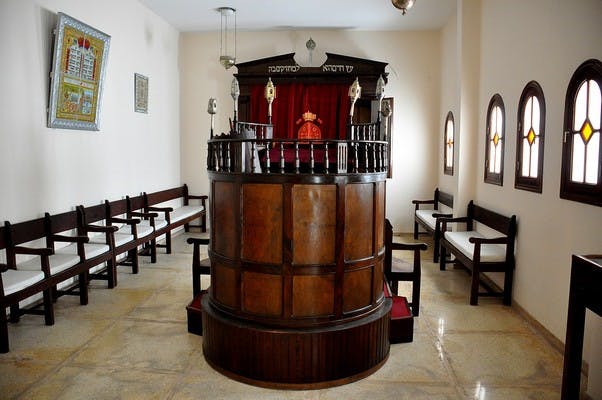
Jewish tourism is booming in Morocco and Rychter's own experience as a tourist made it clear how ready the country is to embrace a group like Bialik's.
“We were in the enormous mosque in Casablanca [its prayer hall can accommodate 25,000 and the esplanade 80,000]; all the tours are at the same time, divided by language groups, and there were a couple of Israelis in our [English] group, speaking Hebrew between them.
“Our tour guide seamlessly spoke to them in Hebrew; she works in a mosque, is Muslim, Moroccan, never been to Israel, but just had such a sense that these Jews are coming. To Moroccans, it’s not such a big deal. Jewish history, let’s do it!”
